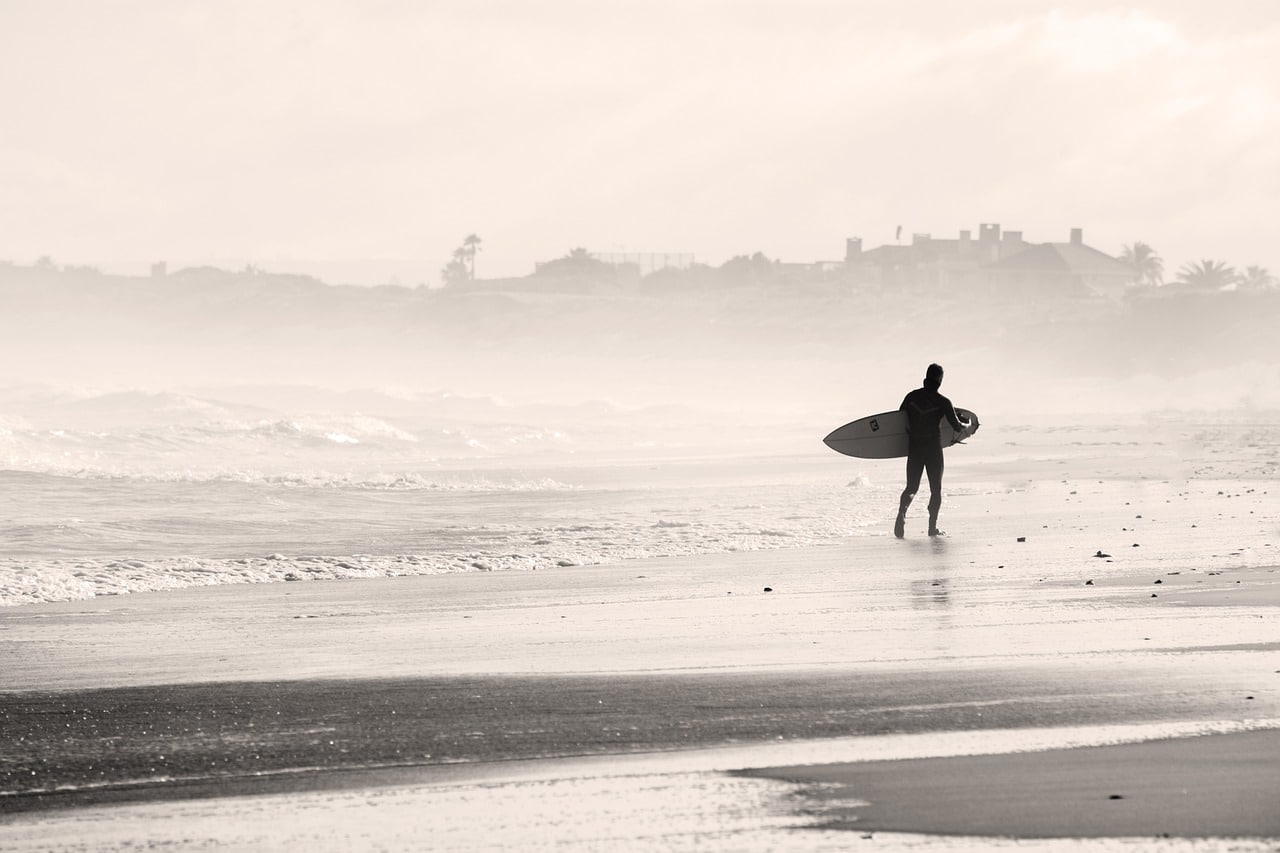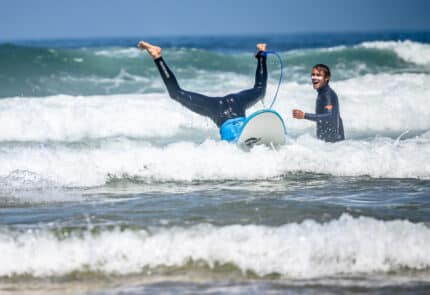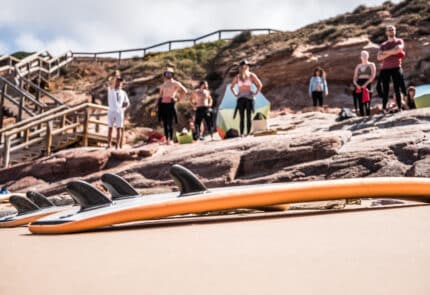5 Surf spots that disappeared

Believe it or not but there are already surf spots which use to provide epic surf and now they are all just distant memories for those who surfed them. In this article we introduce you 5 surf spots which already disappeared.
1.Fukushima, Japan
Fukushima was once one of the best surf spots in Japan. On March 11, 2011, a tsunami caused a nuclear meltdown at the Fukushima Daiichi complex.
There were stunning right-handers being ridden right in front of the nuclear station every day and many other secret spots around the facility.
The Fukushima disaster is considered one of the worst nuclear tragedies of all time.
Explosions, overheating, and radioactivity release threatened life in the surrounding areas. The local authorities raised the emergency levels to the highest value on the scale: 7.
The cooling problems never stopped, and the damaged reactors immediately started contaminating the ocean. Waves and water were reportedly indicating radiation levels 100,000 times higher than usual.
Before March 11, Fukushima was known for the quality surfing waves. In 140 kilometers of coast, there were more than 20 surf spots.
West Coast, Kamioka, Nakoso, and Toyoma were famous breaks where Japanese riders from all over the country discovered new adventures in waves.
In a matter of days, the Fukushima surfing community rapidly understood that their generation might not ride waves at their local beach forever.
Today, life is not possible inside the 20-kilometer perimeter. Surfers won’t surf, and humans won’t live here, who knows, for decades or centuries.
2. Harry’s, Mexico
Harry’s was a famous big wave surf spot in Baja, Mexico. Sempra Energy and Shell Oil built a jetty to protect their 700 million-dollar LNG terminal. Harry’s was discovered by San Clemente’s Greg and Rusty Long and Surfer Magazine photographer Jason Murray, who surfed the isolated big-wave spot in early 2003, but kept the location secret, fearing an influx of big-wave riders from nearby San Diego.
When the plans were unveiled for Shell-Sempra’s 600-million-dollar LNG (liquid natural gas) terminal, the surfers decided to let their secret out. “If the construction of the LNG terminal goes ahead, we are going to lose one of the most dynamic and beautiful waves in the North Pacific,” said Jason Murray.
3. Ponta Delgada, Madeira
She was a perfect left-hander point break in Madeira, a Portuguese island lost in the Atlantic Ocean.
Ponta Delgada was a long left-hand pointbreak on the north coast of Madeira. Before 2003 the wave was a perfect freight-train barrel that could hold waves of ten feet or more. Now, a concrete pier which was built to protect a swimming pool, sticks straight out through the middle of the wave. The big and shifty outside section can still be surfed on the right conditions, but there is no comparison to the original wave.
4.Mundaka, Spain
Mundaka was one of the best barreling waves in the world.
In 2004 Mundaka disappeared after a huge dredging project took 300,000 cubic meters of sand from the Oka River Mouth. Like a bear in winter, the wave went into a deep snooze. Then, nature corrected itself, sand was returned to its rightful home and Mundaka awoke from hibernation. Now, local authorities are dredging the Oka River mouth once again, with intentions of rebuilding Laida Beach, a big beach for tourism that generates serious cash flow for the local community. If the dredging continues, which it will, Mundaka will once again fall into a deep sleep, with the potential to never arise again. A wave that Tom Curren once called one of “the best waves in the world” will be a distant memory.
5. Bastion Point, VIC, Australia.
Bastion Point was one of the best surf spots in Victoria. In 2013, a 130m-long jetty and boat ramp was constructed directly through the break. A decade-long battle featuring the Mallacoota Authorities and the East Gippsland Shire vs. Bastion locals and the Save the Waves foundation proved futile. As in any solid pointbreak, it was divided into sections. On the biggest swells, the righthander would kick off around the point at Broken Boards, connect to The Point and on through to the beach. But a jetty was born, and a wave was lost.




